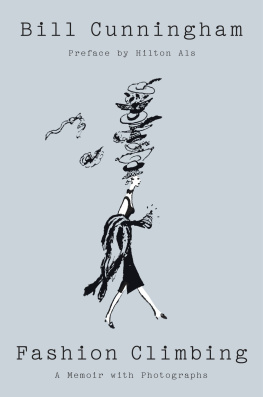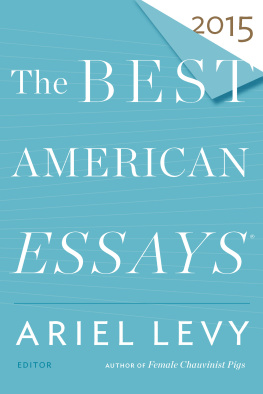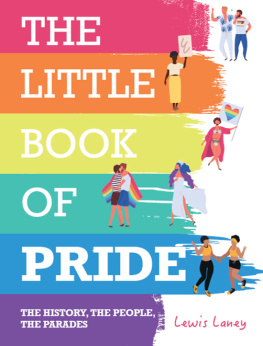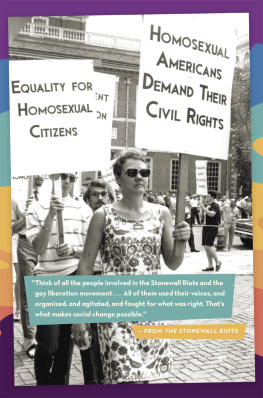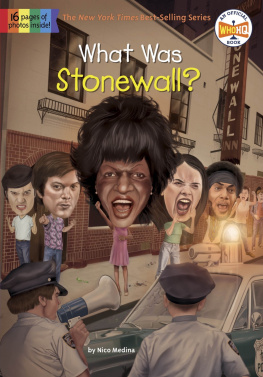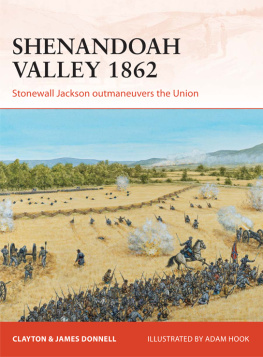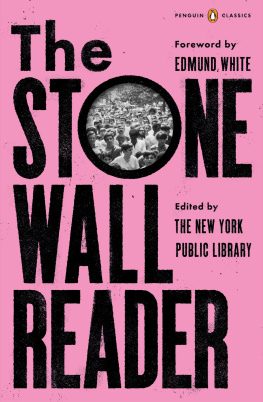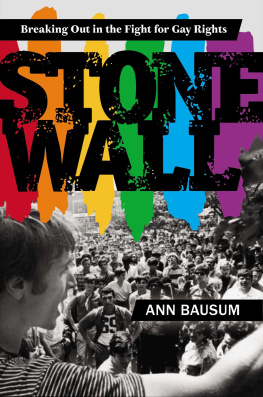Als Hilton - Pride: Photographs After Stonewall
Here you can read online Als Hilton - Pride: Photographs After Stonewall full text of the book (entire story) in english for free. Download pdf and epub, get meaning, cover and reviews about this ebook. City: La Vergne, year: 2019, publisher: OR Books, genre: Non-fiction. Description of the work, (preface) as well as reviews are available. Best literature library LitArk.com created for fans of good reading and offers a wide selection of genres:
Romance novel
Science fiction
Adventure
Detective
Science
History
Home and family
Prose
Art
Politics
Computer
Non-fiction
Religion
Business
Children
Humor
Choose a favorite category and find really read worthwhile books. Enjoy immersion in the world of imagination, feel the emotions of the characters or learn something new for yourself, make an fascinating discovery.

- Book:Pride: Photographs After Stonewall
- Author:
- Publisher:OR Books
- Genre:
- Year:2019
- City:La Vergne
- Rating:4 / 5
- Favourites:Add to favourites
- Your mark:
- 80
- 1
- 2
- 3
- 4
- 5
Pride: Photographs After Stonewall: summary, description and annotation
We offer to read an annotation, description, summary or preface (depends on what the author of the book "Pride: Photographs After Stonewall" wrote himself). If you haven't found the necessary information about the book — write in the comments, we will try to find it.
Pride: Photographs After Stonewall — read online for free the complete book (whole text) full work
Below is the text of the book, divided by pages. System saving the place of the last page read, allows you to conveniently read the book "Pride: Photographs After Stonewall" online for free, without having to search again every time where you left off. Put a bookmark, and you can go to the page where you finished reading at any time.
Font size:
Interval:
Bookmark:
Table of Contents
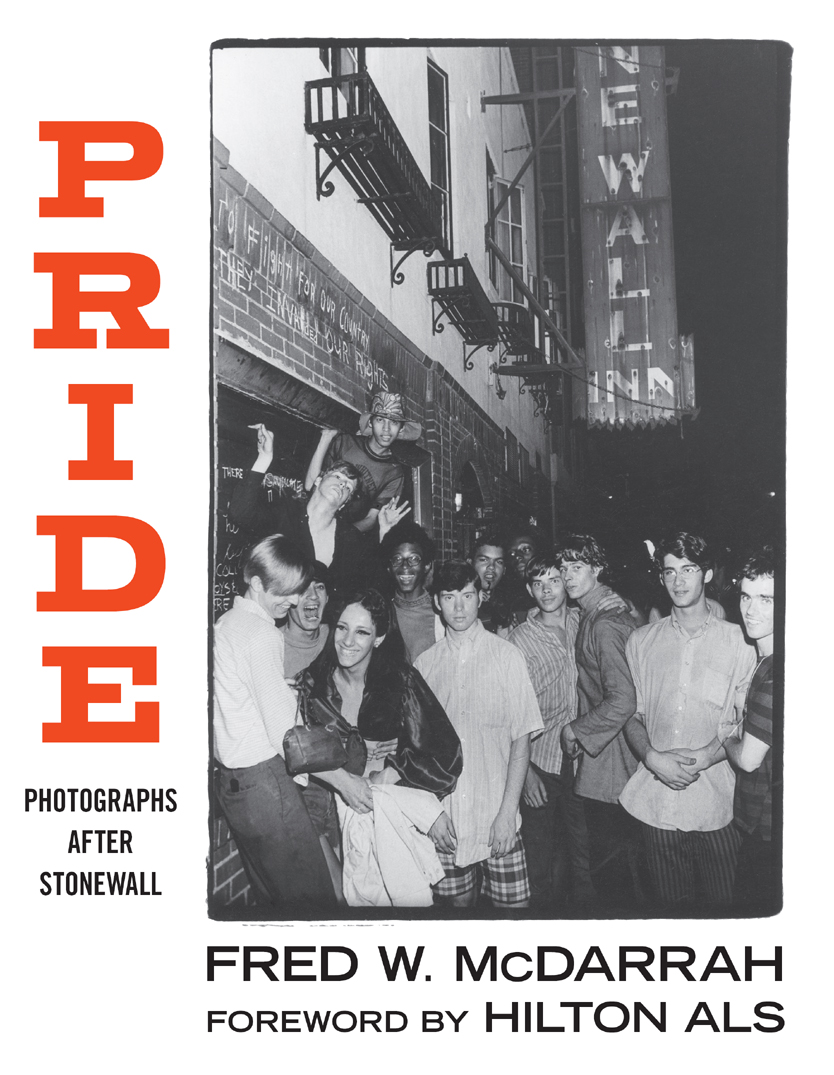
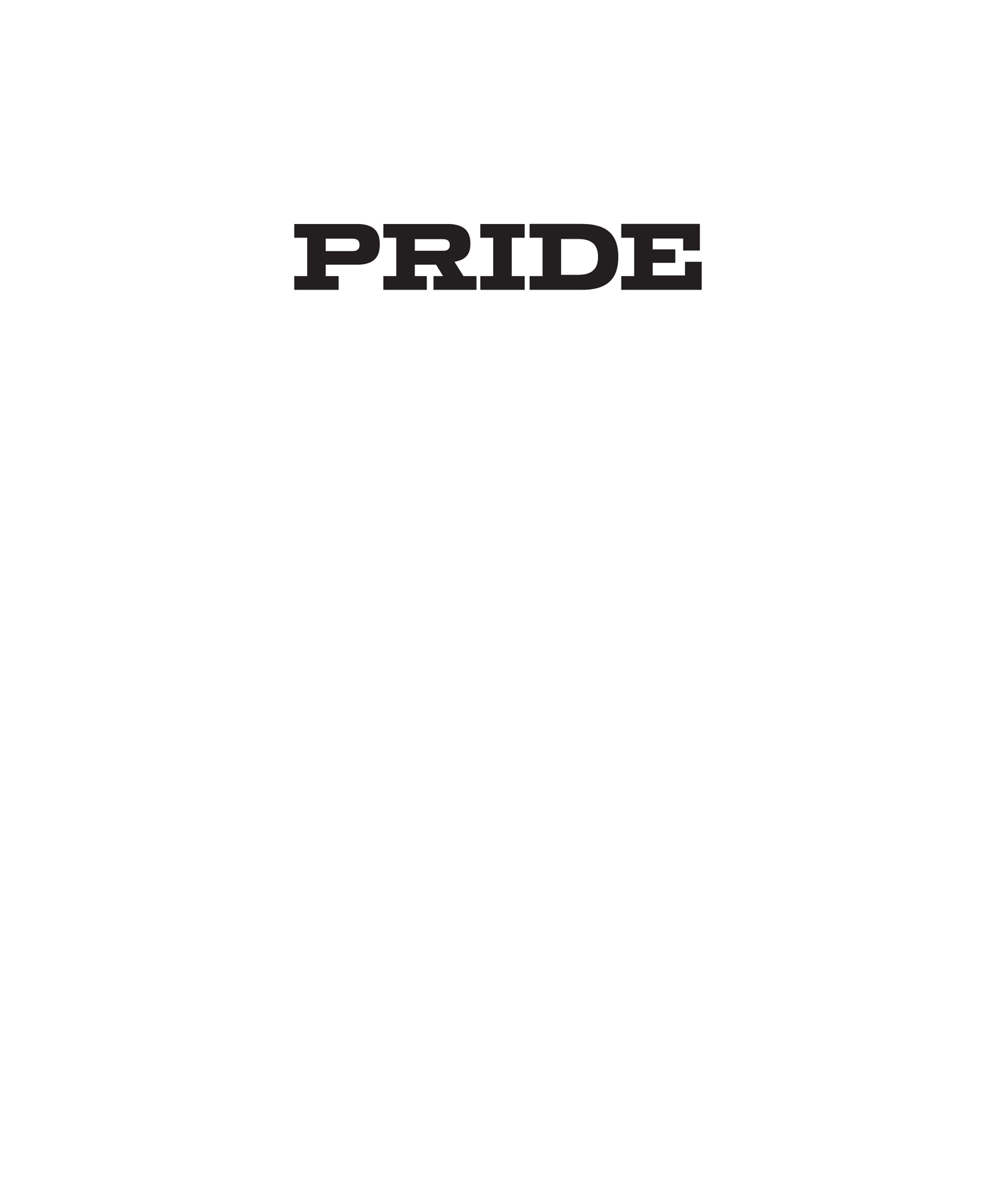



1994, 2019 Estate of Fred W. McDarrah
Foreword 2019 Hilton Als
Published by OR Books, New York and London
Visit our website at www.orbooks.com
Photographs: Fred W. McDarrah
Editor and writer: Timothy McDarrah
Assistant editor: Theodore McDarrah
All rights information:
First trade printing 2019
All rights reserved. No part of this book may be reproduced or transmitted in any form or by any means, electronic or mechanical, including photocopy, recording, or any information storage retrieval system, without permission in writing from the publisher, except brief passages for review purposes.
Library of Congress Cataloging-in-Publication Data: A catalog record for this book is available from the Library of Congress. British Library Cataloging in Publication Data: A catalog record for this book is available from the British Library.
Pages 23: On April 21, 1966, members of the Mattachine Society staged a sip-in at Julius Bar, 159 W. 10th Street, demanding that, as open homosexuals, they be served. Liquor laws at the time forbade this. Julius later became a gay bar. L to R: John Timmins, Dick Leitsch, Craig Rodwell, Randy Wicker.
Page 4: Craig Rodwell, founder, Oscar Wilde Bookstore, October 14, 1969.
Designed and typeset by Laura Lindgren
Published by OR Books in partnership with Counterpoint Press.
Distributed to the trade by Publishers Group West.
paperback ISBN 978-1-949017-11-3 ebook ISBN 978-1-949017-12-0
Contents
This book was originally published in 1994, on the twenty-fifth anniversary of Stonewall, with the title Gay Pride: Photographs from Stonewall to Today. Times change, and gay is no longer the accepted umbrella term for all people not straight. Hence, this edition, published to mark the fiftieth anniversary of Stonewall, has a slightly different title from the original publication. We added some previously unpublished pictures, too.
The reception to the original book, from potential publishers, book stores and the buying public, was not strong. It was in many ways a political statement at the time for its author and editor just to openly publish and proudly market a gay-themed photo book with a bright pink cover.
Fifteen years after this book was first published, in 2009, the Oscar Wilde Memorial Bookshopthe worlds first outlet for predominantly gay literatureclosed. But it was not an altogether sad event, as it meant that gay literature was out of the closet and part of mainstream commerce.
There has been a world of progress since Stonewall, and since the 1994 edition of this book, including in the marketplace. For this edition, publishers were vying for it and bookstores will openly display it. And hopefully plenty of people will buy it!
A few people who must be recognized before the photos start:
Hilton Als, Fred W. McDarrahs onetime Village Voice photo desk assistant, for his gracious introduction to this volume; Patrick J. McDarrah, for having the original idea for this book; Theodore H. McDarrah for his contributions to this edition; and Gloria S. McDarrah, the keeper of the photo flame as the thoughtful and forward-thinking executrix of the Estate of Fred W. McDarrah. Three generations of straightbut not narrowMcDarrahs doing our little part for the greater good.
Wed like to thank the team at OR BooksJohn Oakes, Colin Robinson, Emma Ingrisani, and Emily Freyerfor their commitment to make this book that you are now holding in your hands as terrific as it is. We are deeply appreciative of the work of Laura Lindgren, who is responsible for the creative and sensitive redesign and typesetting of Pride.
Most importantly, wed like to thank everyone in the photos and their brethren over the decades who are not in the photos, for their determination and perseverance and ceaseless efforts in the struggle for equality.
This book would not be possible without them.
Timothy S. McDarrah
January 2019
Greenwich Village

Fred W. McDarrah takes a self-portrait in a mirror that forms part of Buky Schwartzs installation In Real Time, on display during the Whitney Biennial, New York, February 4, 1981. (Photo by Fred W. McDarrah)
It is a dubious honor to write about Freddubious because I dont want him to be gone. Id rather write about the work he would still be doing now if he were around, covering his territory, which is to say Manhattan, specifically downtown New York, which, if you squint, you can still see through his eyes. But you have to squint hard. Freds downtown had nothing to do with chain stores and corporate raiders and their kind. His pictures showed a maze of streets and ideas snaking their way down to the Hudson River, or the East River, streets filled with so many stories that I see in black and white, still, because of Freds pictures, which also show stretches of unaccounted-for space, like some movie version of the West. But that was long ago, before Freds Manhattan started to heave at its center as it struggled to contain many people and institutions that would have disturbed Fred, that wanderer who loved New York, but a New York based on creativity and freedom rather than commerce.
Fred was an urban cowboy. He wore beautifully shaped and well-cared-for cowboy boots. The boots were part of his habitual outfit: blue jeans and meticulously cared-for denim shirtthe neat and efficient costume of the dedicated working man. In the winter, sometimes, Fred wore a leather jacket or a denim jacket to complete this look, but mostly when I think of Fred its him taking his jacket off and rolling up his sleeves to get to work as The Village Voices first-ever picture editor and staff photographer. (I succeeded Fred in the picture editor job, a transition that was not as difficult as you might think. That I was ever his boss is a ridiculous notion. No one is ever the boss of history, the living history you want to learn from.)
Fred covered everything, but he first became known for capturing the Beat scene at its New York start. It was a new world, then filled with that eras youth, all those cigarettes and tough attitudes that were out of step but somehow OK with the immigrant families who raised their kids in the tenements near the Caf Wha? and what not. Those immigrant families cooled themselves on stoops in the summer as those Beat youths, resplendent in jeans and circle shirts, rushed the avenues in pursuit of another hootenanny, intent on getting everywhere fast, following sounds. Fred saw the artists who helped define the timeJack Kerouac and Bob Dylanpoets scratching lyrics and stories out of the New York air.
What always struck me about Freds early black-and-white pictures, too, is how verbal they feel to me, not in the corny sense that every picture tells a story; no, what we see in so many of the pictures from that time are people talking and telling stories, a fusillade of words caught in space, ideas and jokes that may come to nothing, or everything. The point is, one of the great things Fred captured in his historic early work is an exchange of ideas among those who were shaped by thinking, and by art, the belief that if not all of the worlds problems could be solved in conversation, then they could be exhumed and examined.
Next pageFont size:
Interval:
Bookmark:
Similar books «Pride: Photographs After Stonewall»
Look at similar books to Pride: Photographs After Stonewall. We have selected literature similar in name and meaning in the hope of providing readers with more options to find new, interesting, not yet read works.
Discussion, reviews of the book Pride: Photographs After Stonewall and just readers' own opinions. Leave your comments, write what you think about the work, its meaning or the main characters. Specify what exactly you liked and what you didn't like, and why you think so.

